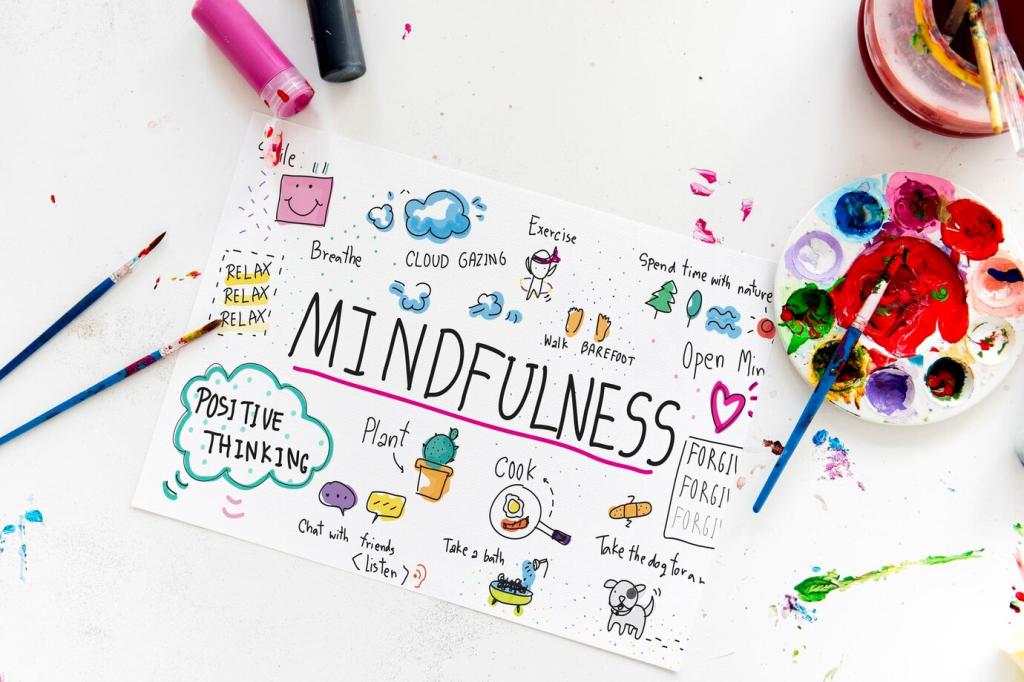Beginner Routine: Your First 7 Minutes
Sit with a tall spine, relaxed shoulders, and soft jaw. Inhale for four, exhale for six to cue the body toward calm. Then introduce your mantra quietly on the out-breath. Subscribe to get a printable guide and audio timer.
Beginner Routine: Your First 7 Minutes
Choose a short, smooth phrase like I am clear or a traditional sound like So Hum. Keep pronunciation easy, tone gentle, and meaning supportive. Post your pick below and read how others personalized theirs for clarity.
Beginner Routine: Your First 7 Minutes
After seven minutes, place a hand on your heart and silently affirm, I carry this clarity into my next action. Open your eyes slowly, notice one helpful detail, and write a quick note about your mental state. Tag us with your reflections.
Beginner Routine: Your First 7 Minutes
Lorem ipsum dolor sit amet, consectetur adipiscing elit. Ut elit tellus, luctus nec ullamcorper mattis, pulvinar dapibus leo.






